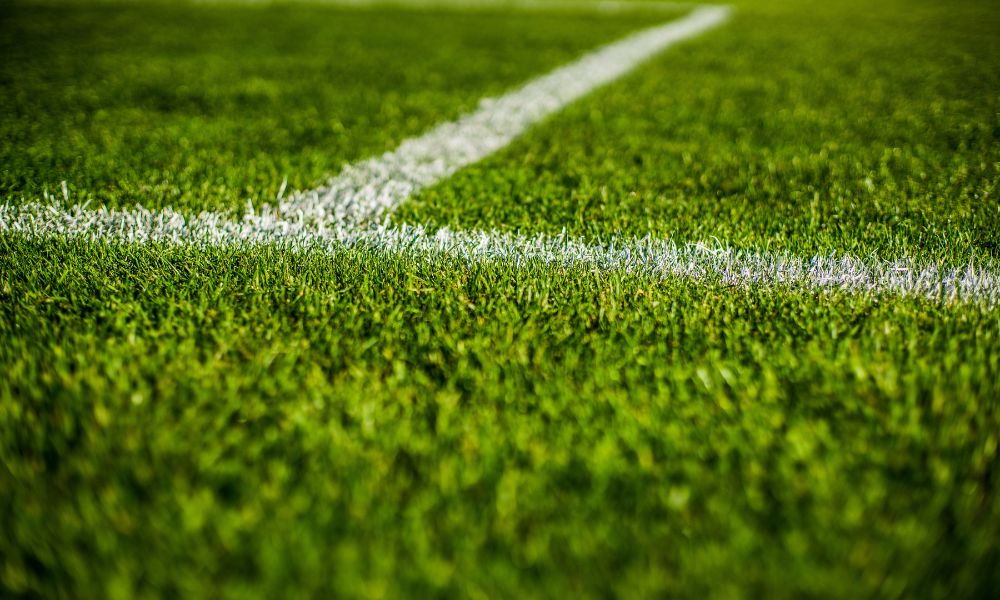
Clearly marked athletic fields are essential to the success of the athletes that play on them. After all, if the lines are faded or patchy, it can be hard to tell where the field ends. This can cause players to not be able to tell when the ball is out of bounds, disrupting their gameplay and impacting their performance.
Here are some line-marking tips for multi-purpose sports fields to ensure that each team is able to see their field clearly.
Figure Out Which Sports Will Be Played
Not every school or organization offers every sport; some have multiple athletic fields. Before painting the fields, you’ll need to find out which sports will be played and how many fields you have to work with.
If there are two fields and only football and soccer are played, then your job is much simpler. More commonly, however, one field is used to play football, soccer, lacrosse, or other sports. This means the line markings must be done more strategically to ensure each sport has a clearly marked field to play on.
Designate the Colors
Next, you’ll need to decide which color will signify each sport. White is most commonly used for football, while yellow is usually used for soccer. Red is used for field hockey and blue is often used for lacrosse. However, these are precedents, not definite rules.
Some schools or teams choose to mark their fields in their team’s colors. To do this, the colors must be bright enough to be seen against the turf. For example, if a school’s colors are orange and royal blue, blue could be used for football and orange for soccer.
If you’ll be painting a sports field soon, you’ll need a top-quality athletic field painter to get the job done right. That and these line-marking tips for multi-purpose sports fields should make your job simpler.
